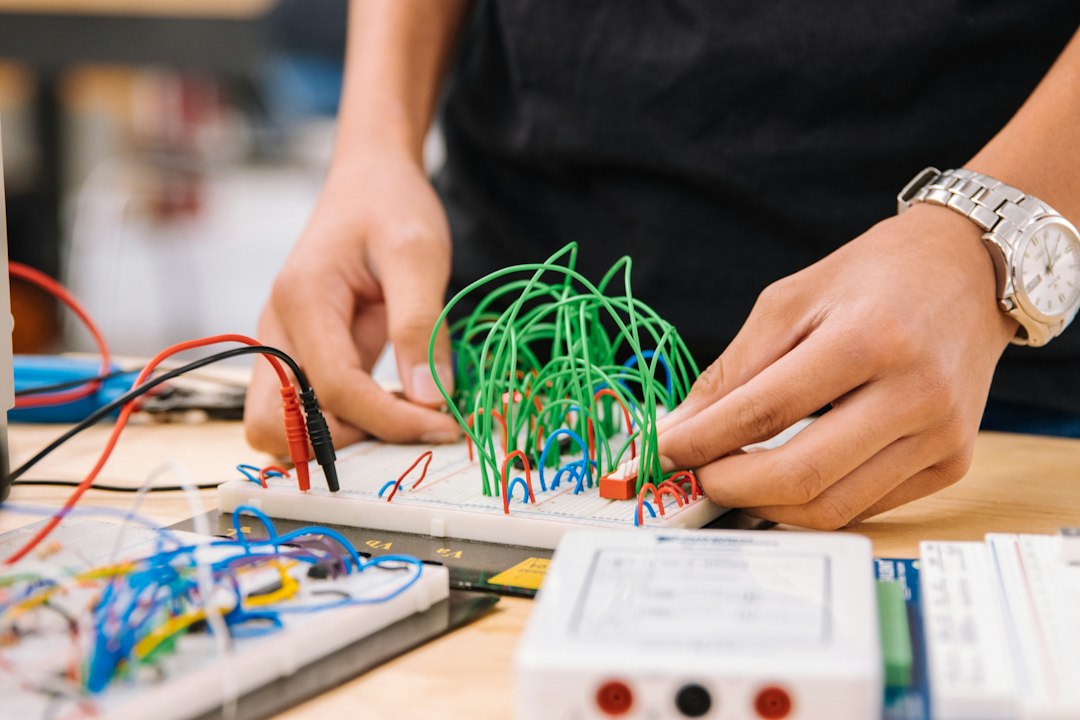Tips for Effective Classroom Management and Student Engagement
Effective classroom management is crucial for creating an environment that is conducive to learning and student engagement. A well-managed classroom can enhance student motivation, improve learning outcomes, and decrease disruptive behavior. Here are some valuable tips for teachers to promote effective classroom management and student engagement.
1. Set Clear Expectations: Establishing clear rules and expectations is the foundation of effective classroom management. Ensure that students understand the rules and consequences from the beginning of the school year. Clearly communicate expectations for behavior, participation, and attendance. When students know what is expected of them, they are more likely to comply.
2. Establish Routines: Maintaining consistent routines helps students feel secure and create a sense of structure in the classroom. Implement a daily routine that outlines how the class starts, transitions, and ends. Providing predictability helps minimize disruptions, increase focus, and build student confidence.
3. Build Positive Relationships: Developing positive relationships with students is crucial for effective classroom management. Take the time to get to know your students individually, learn their names, and show genuine interest in their lives. When students feel valued and respected, they are more likely to engage in the learning process and follow classroom expectations.
4. Use Effective Communication: Clear communication is essential for managing and engaging students effectively. Use a variety of communication techniques including verbal instructions, visual aids, and written information to ensure that students understand the expectations and tasks. Display visual reminders of classroom rules and expectations to promote consistency throughout the day.
5. Incorporate Active Learning Strategies: Engaging students actively in the learning process promotes their involvement and enhances comprehension. Incorporate hands-on activities, group work, and discussions to encourage student engagement. Use technology and multimedia resources to cater to different learning styles and capture students’ attention.
6. Provide Regular Feedback: Regular and timely feedback helps students understand their progress and areas for improvement. Provide both positive reinforcement and constructive criticism to guide students towards achieving their full potential. Encourage self-reflection and self-assessment to enhance students’ sense of ownership of their learning.
7. Differentiate Instruction: Recognize that students have different abilities, interests, and learning styles. Differentiate your teaching strategies, resources, and assignments to meet the diverse needs of your students. Provide opportunities for individual and small-group work to ensure that all students are engaged and challenged.
8. Engage Parents and Guardians: Involve parents and guardians in the learning process to create a supportive and collaborative environment. Maintain regular communication with parents to update them on their child’s progress and address any concerns. Encourage parents to participate in school activities, parent-teacher conferences, and volunteering opportunities.
9. Manage Transitions Effectively: Transitions between activities can be challenging and disruptive. Establish clear procedures for transitioning between lessons, activities, and classroom spaces. Use transition cues such as a visual timer or a specific signal to help students understand when it is time to move on.
10. Incorporate Fun and Creativity: Injecting fun and creativity into the classroom can increase student engagement and enhance learning. Use interactive games, educational videos, props, and visuals to make lessons more enjoyable and memorable. Create a positive and vibrant learning environment that inspires students to actively participate.
In conclusion, effective classroom management and student engagement are essential for creating a productive and supportive learning environment. By setting clear expectations, building positive relationships, and incorporating active learning strategies, teachers can create an environment where students feel motivated to learn and behave appropriately. By implementing these tips, teachers can promote effective classroom management and enhance student engagement.

